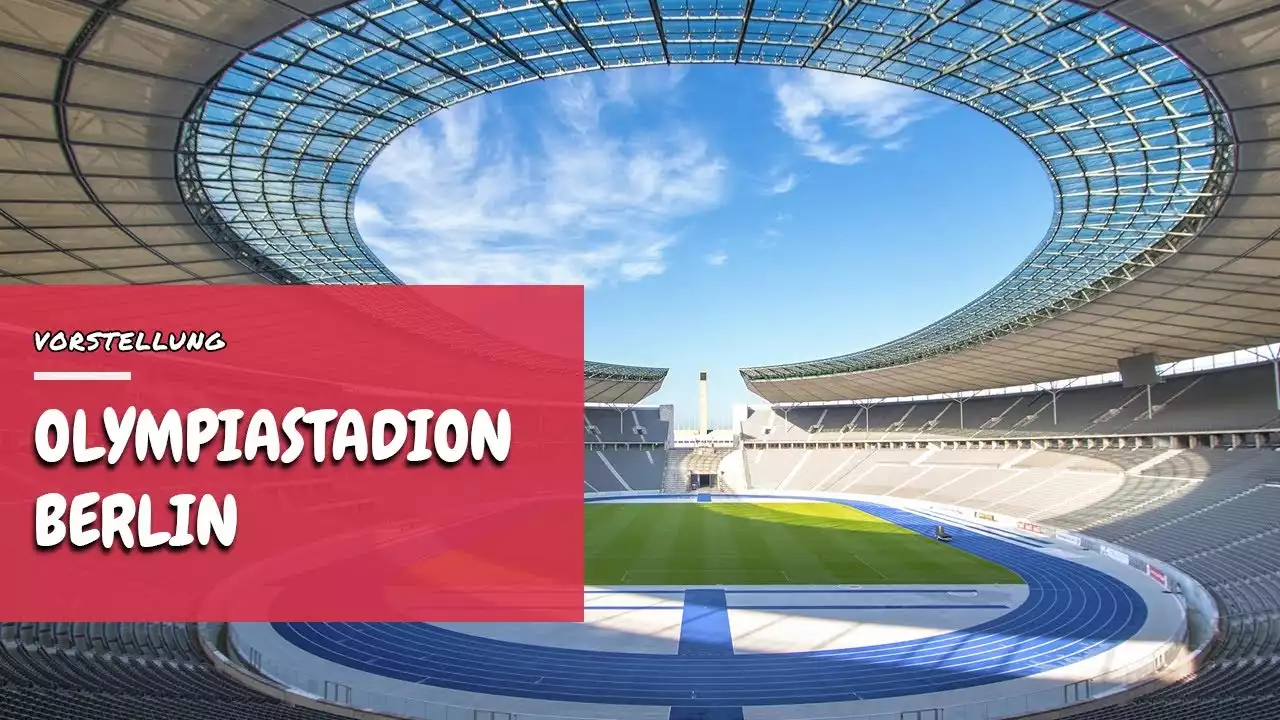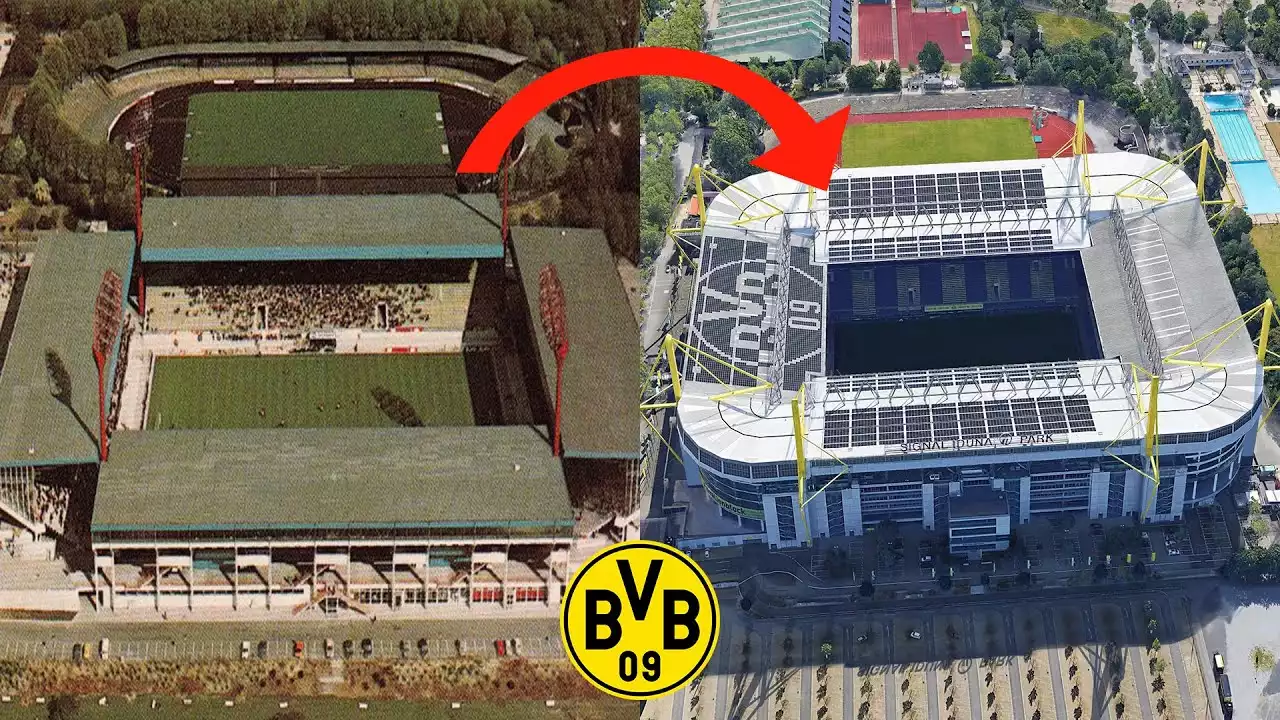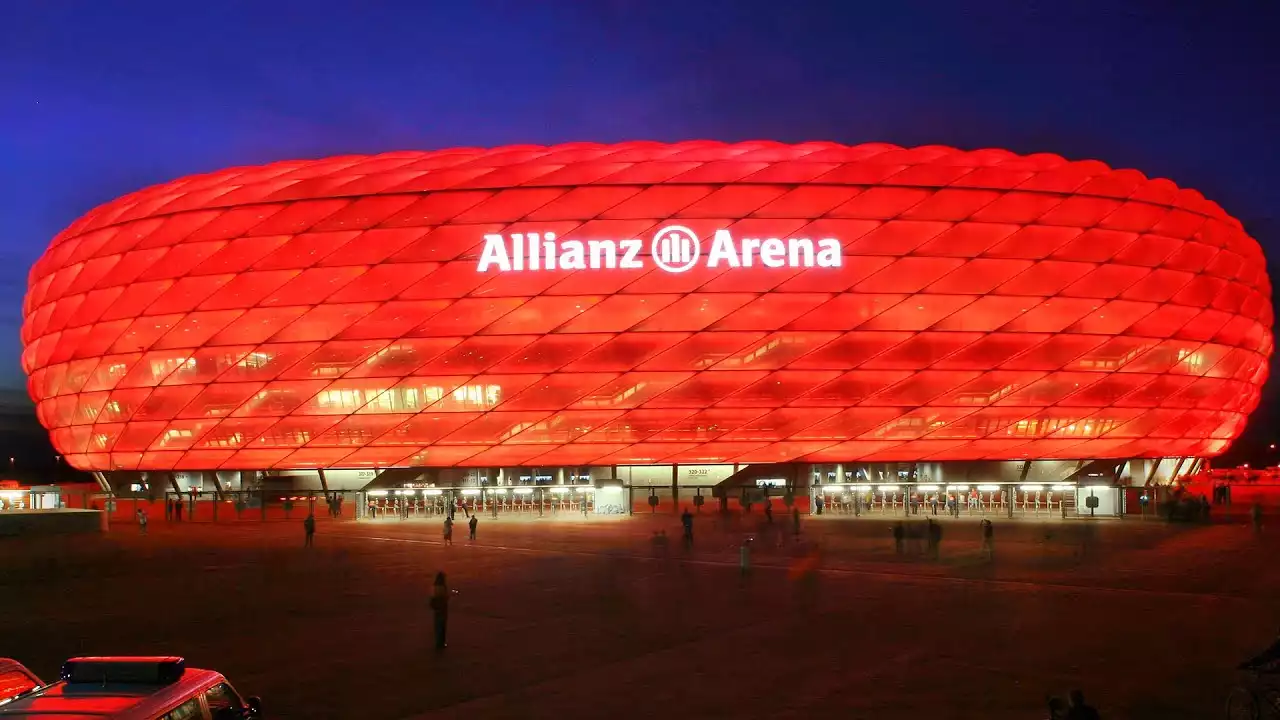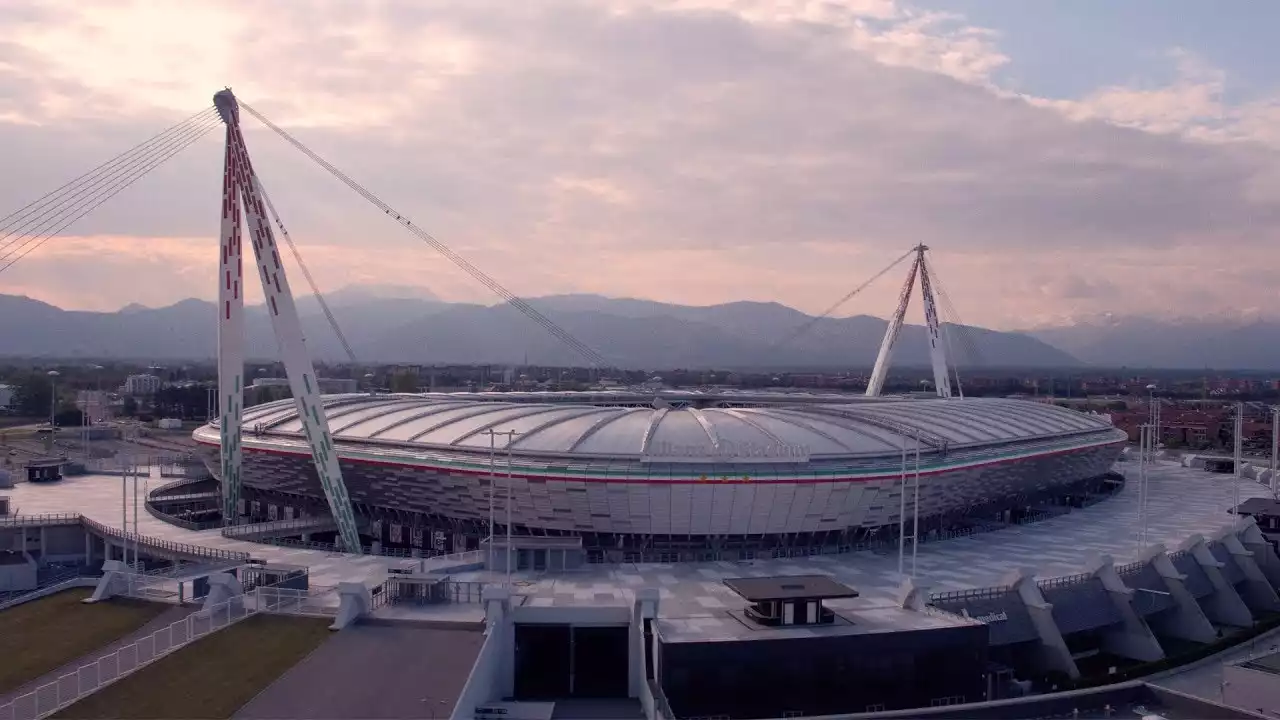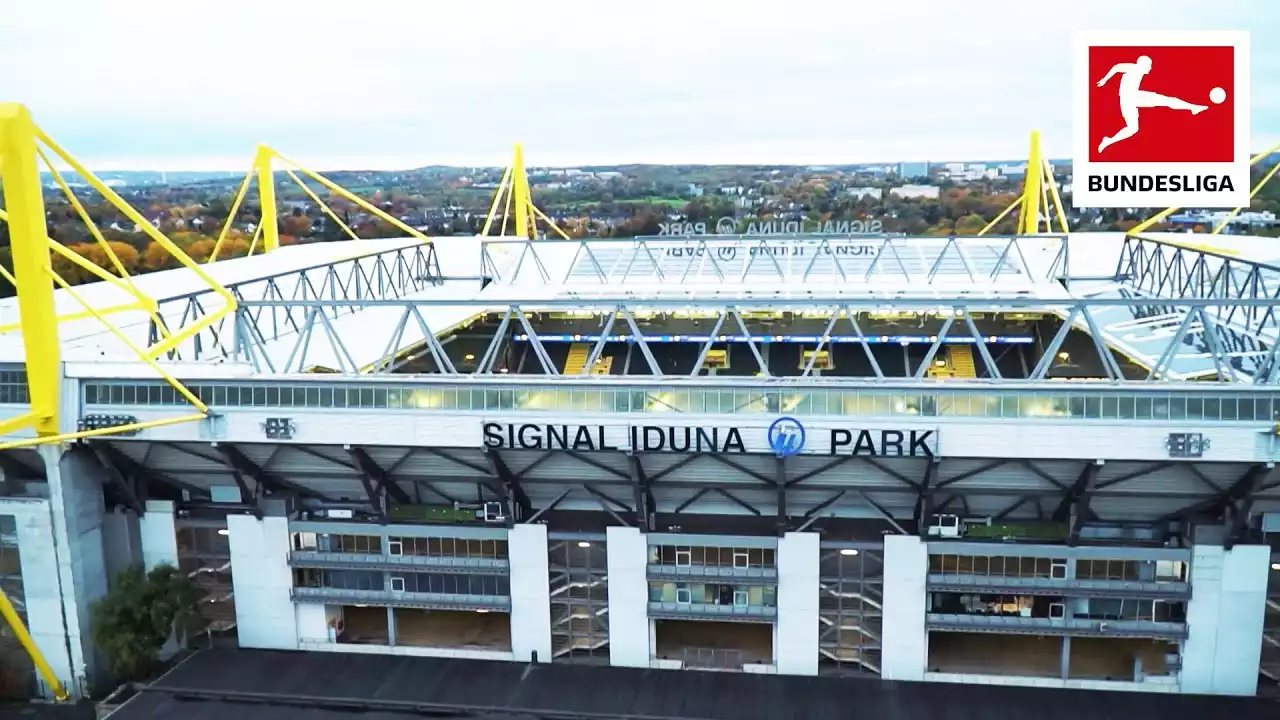Historical background of the Berlin Olympiastadion
The Berlin Olympiastadion has a rich historical background that dates back to its construction in the early 20th century. Originally built for the 1916 Summer Olympics, the stadium's completion was delayed due to the outbreak of World War I. It wasn't until 1936 that the stadium finally hosted the Olympic Games, becoming a symbol of Nazi Germany's power and dominance. Despite its unfortunate association with the Nazi regime, the Berlin Olympiastadion has since been transformed into a symbol of unity and inclusivity, hosting numerous international sporting events and concerts.
Design and architecture of the Berlin Olympiastadion
The design and architecture of the Berlin Olympiastadion are truly awe-inspiring. Designed by architect Werner March, the stadium features a combination of classical and modernist elements, showcasing the architectural styles of the time. The most striking feature of the stadium is its imposing stone facade, adorned with sculptures and reliefs that depict various sporting activities. The stadium's open-air design allows for a unique viewing experience, with no obstructed views of the field from any seat. The innovative use of reinforced concrete in the construction of the stadium was a groundbreaking engineering feat at the time.
The significance of the Berlin Olympiastadion in sports history
The Berlin Olympiastadion holds immense significance in sports history, particularly due to its association with the 1936 Olympic Games. Under the watchful eye of Adolf Hitler, the games were used as a propaganda tool to showcase Nazi Germany's supposed racial superiority. Despite the controversial political climate, the games saw remarkable athletic achievements, including Jesse Owens' historic victories, which shattered Hitler's Aryan supremacy myth. The Berlin Olympiastadion served as the backdrop for these historic moments and continues to be a symbol of triumph over adversity in the world of sports.
Notable events held at the Berlin Olympiastadion
Over the years, the Berlin Olympiastadion has played host to numerous notable events, cementing its status as a world-class sporting venue. In addition to hosting the 1936 Olympic Games, the stadium has been the venue for several FIFA World Cup matches, including the iconic 2006 final between Italy and France. It has also hosted major athletics events, such as the World Athletics Championships and the UEFA Champions League final. The Berlin Olympiastadion's versatility and capacity to accommodate a wide range of sporting events have made it a favorite among athletes and spectators alike.
5 Interesting facts about the Berlin Olympiastadion's construction
The construction of the Berlin Olympiastadion was a remarkable feat of engineering, with several interesting facts that highlight the stadium's innovative design and construction techniques.
Firstly, the stadium's roof, made of a lightweight steel and concrete structure, was one of the largest cantilevered roofs in the world at the time.
Secondly, the stadium's impressive capacity of over 74,000 spectators was achieved by incorporating terraces and standing areas, maximizing the use of space.
Thirdly, the stadium's blue track, made of synthetic material, was the first of its kind in the world, setting a new standard for athletics tracks.
Fourthly, the stadium's floodlights were the first ever installed in a German stadium, allowing for evening matches and events.
Lastly, the stadium's underground facilities, including changing rooms and media areas, were considered state-of-the-art for their time.
The Berlin Olympiastadion's role in the 1936 Olympic Games
The 1936 Olympic Games held in Berlin were significant not only for their athletic achievements but also for the political controversies surrounding them. The Berlin Olympiastadion was the main venue for the games and served as a showcase for Adolf Hitler's vision of Aryan supremacy. Despite the oppressive atmosphere, the games witnessed several historic moments, including Jesse Owens' four gold medal wins, which defied Hitler's racist ideology. The Berlin Olympiastadion stands as a reminder of the triumph of human spirit and the power of sport to transcend political boundaries.
Renovations and modernization of the Berlin Olympiastadion
In the years following the 1936 Olympics, the Berlin Olympiastadion underwent several renovations and modernization efforts to adapt to changing needs and standards. In the 1970s, the stadium underwent a major overhaul, with the addition of a roof to cover the entire seating area, enhancing the spectator experience. In preparation for the 2006 FIFA World Cup, the stadium underwent extensive renovations, including the installation of state-of-the-art facilities, modernized seating, and improved accessibility for visitors. These renovations have ensured that the Berlin Olympiastadion remains a world-class venue for sporting events and concerts.
Visitor experience and tours at the Berlin Olympiastadion
Visitors to the Berlin Olympiastadion can immerse themselves in the stadium's rich history and experience the thrill of standing on the same ground where sporting legends have competed. Guided tours are available, providing visitors with a behind-the-scenes look at the stadium's facilities, including the changing rooms, press areas, and even the pitch itself. The stadium also houses a museum that showcases the history of the Olympics and the Berlin Olympiastadion. Whether you're a sports fan or simply interested in architectural marvels, a visit to the Berlin Olympiastadion is an unforgettable experience.
